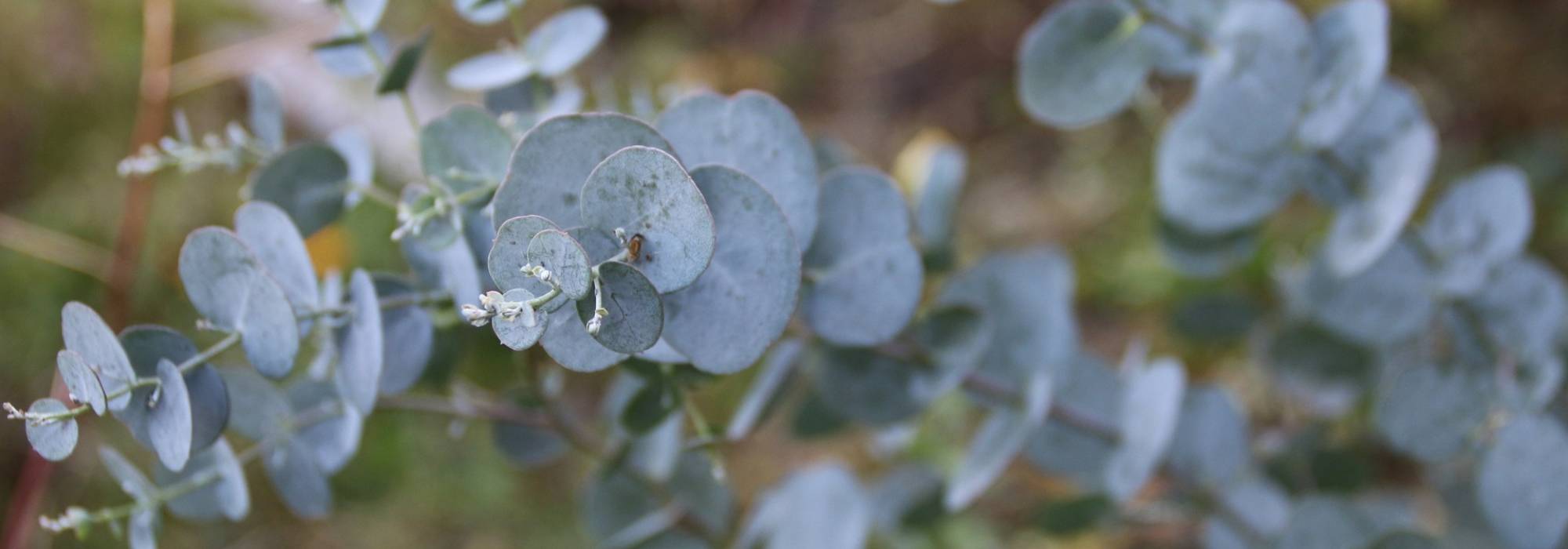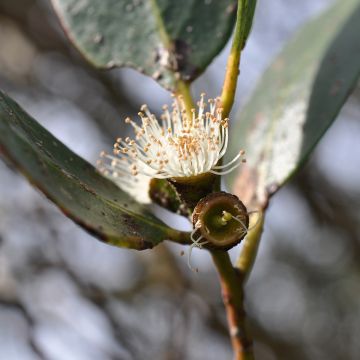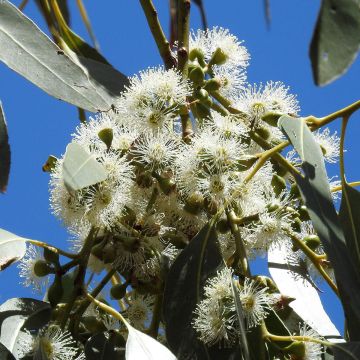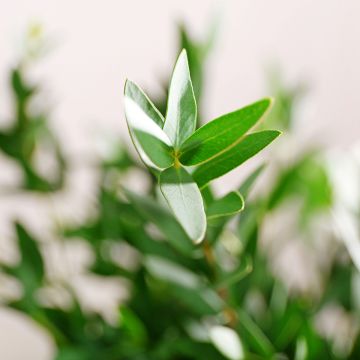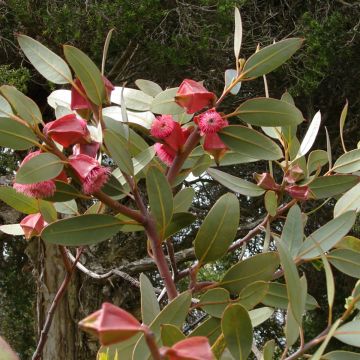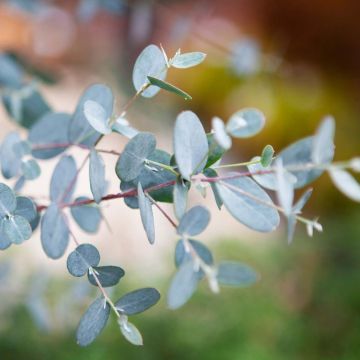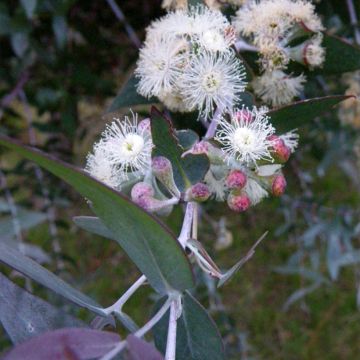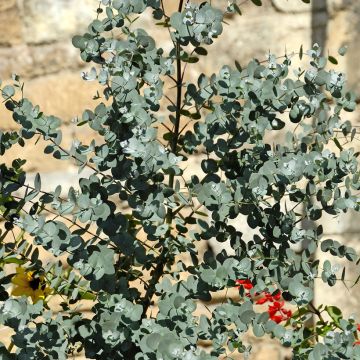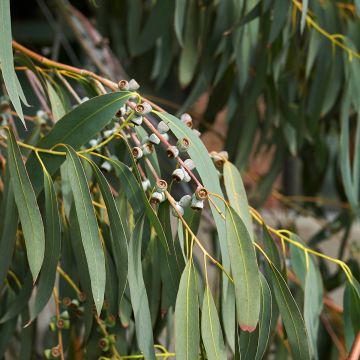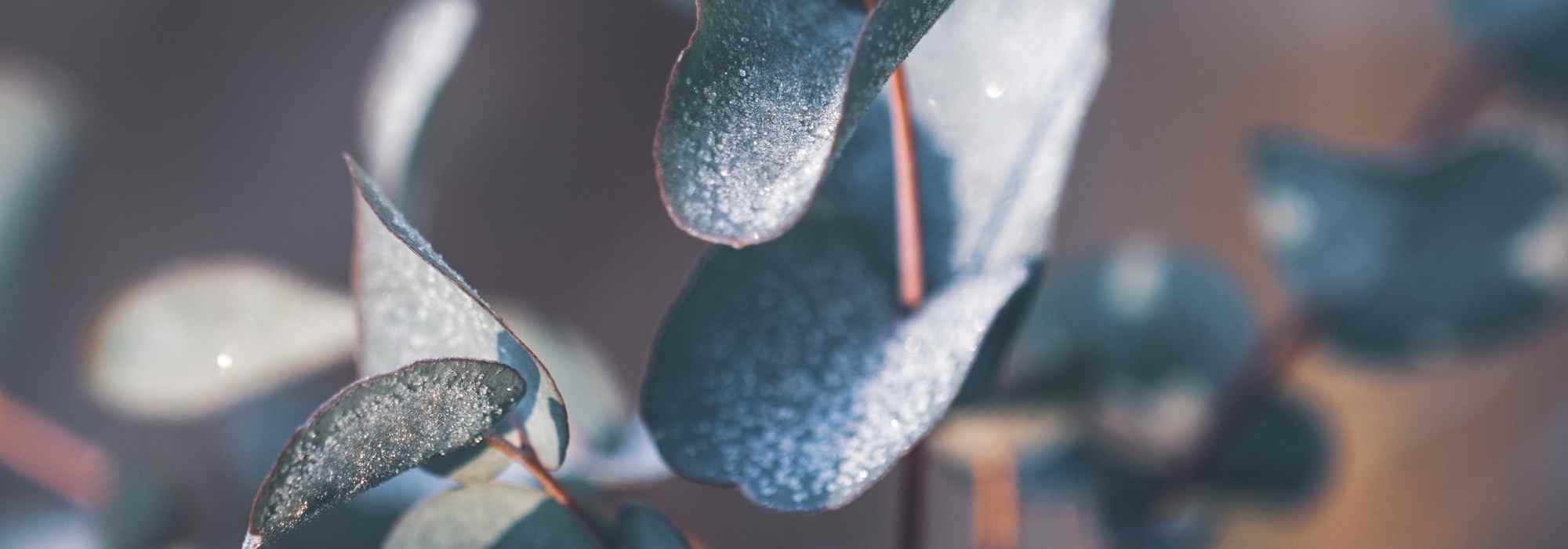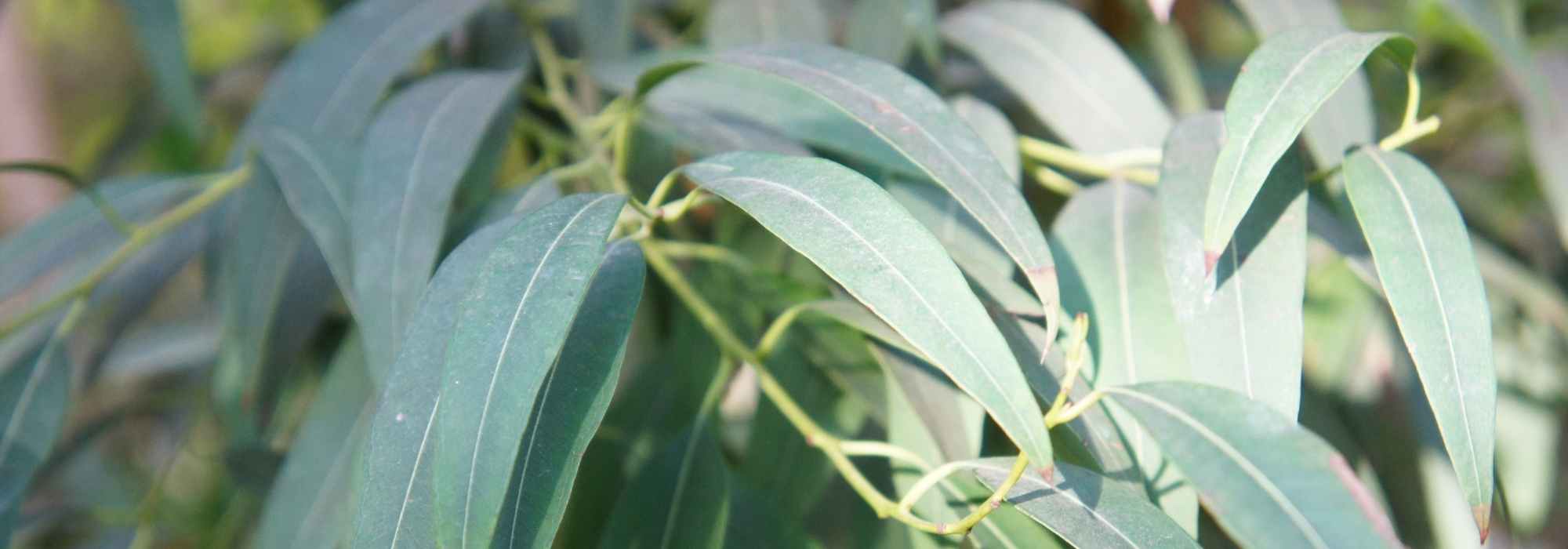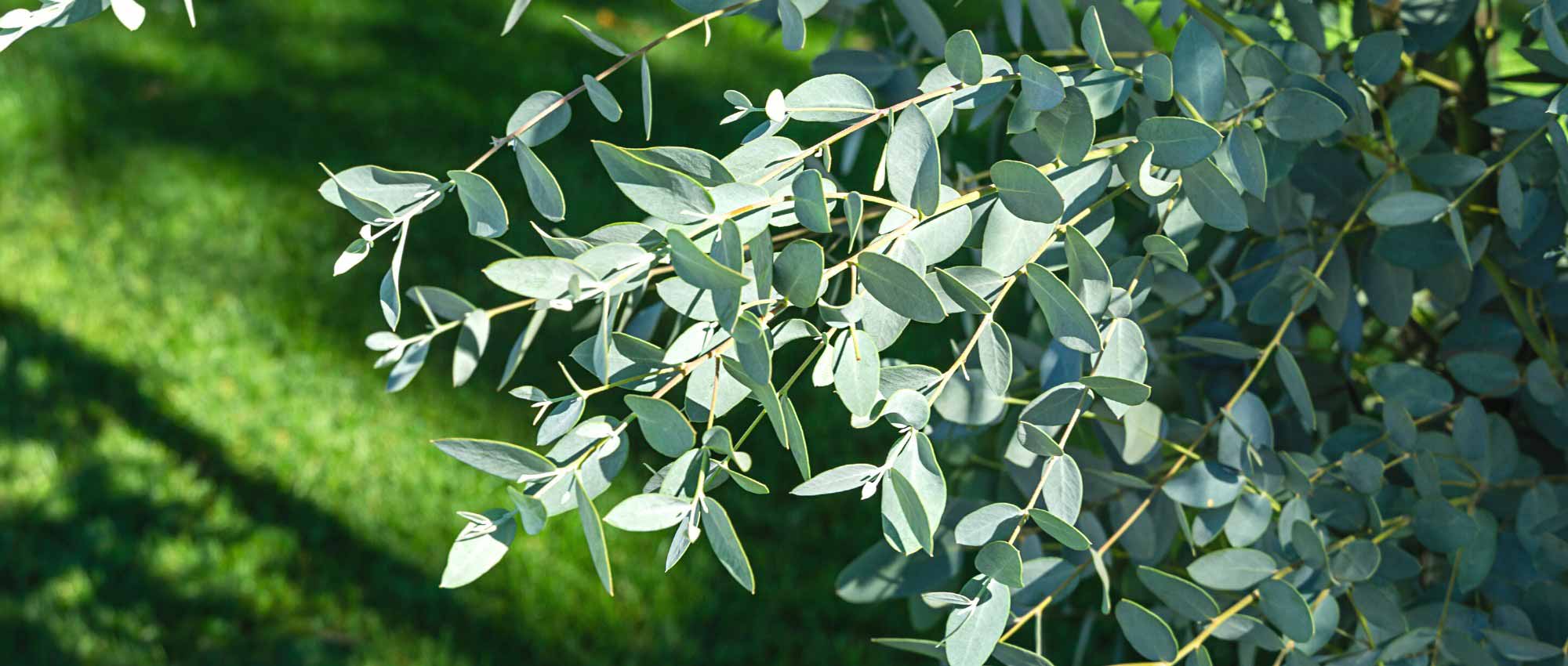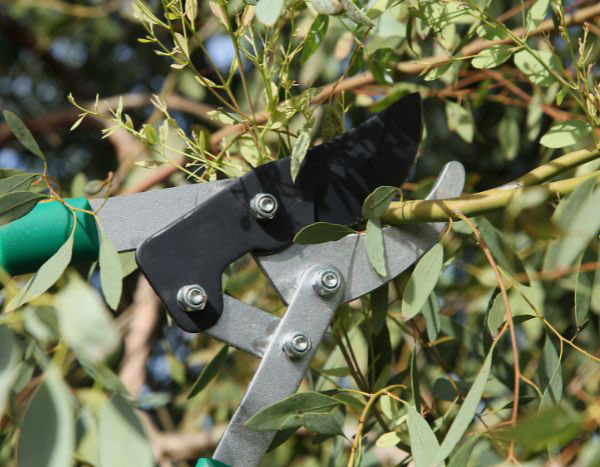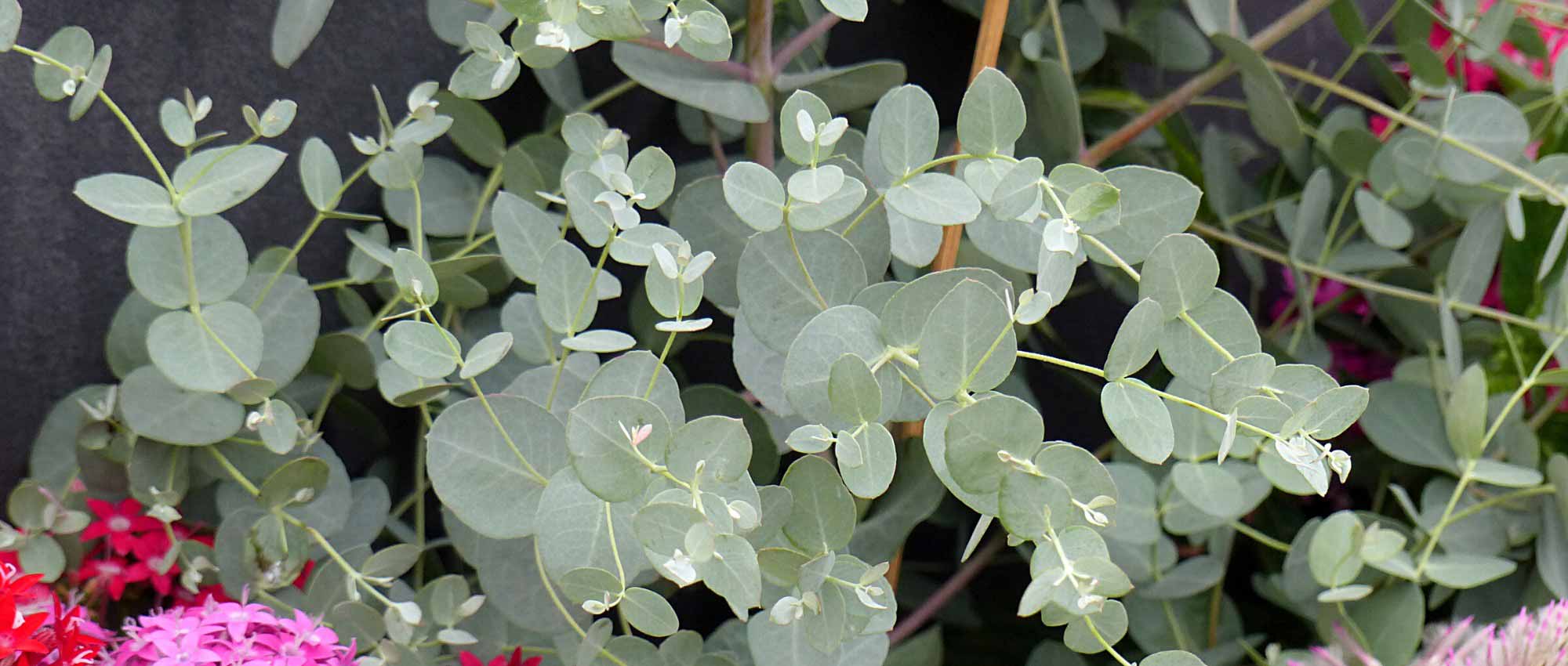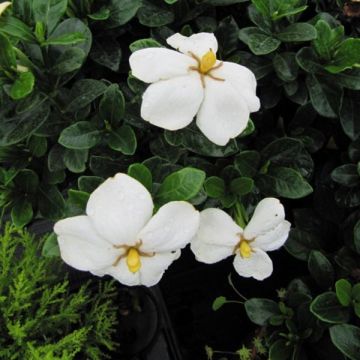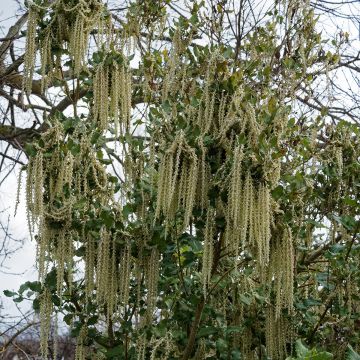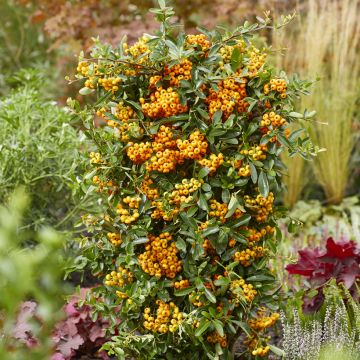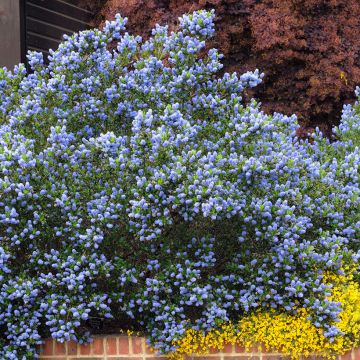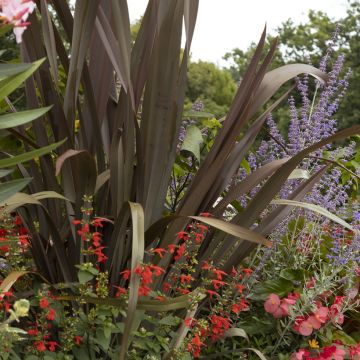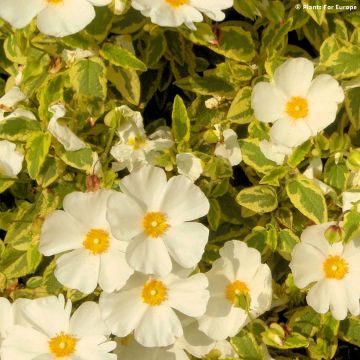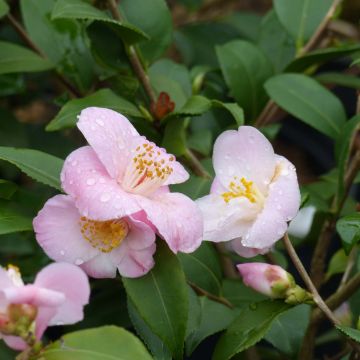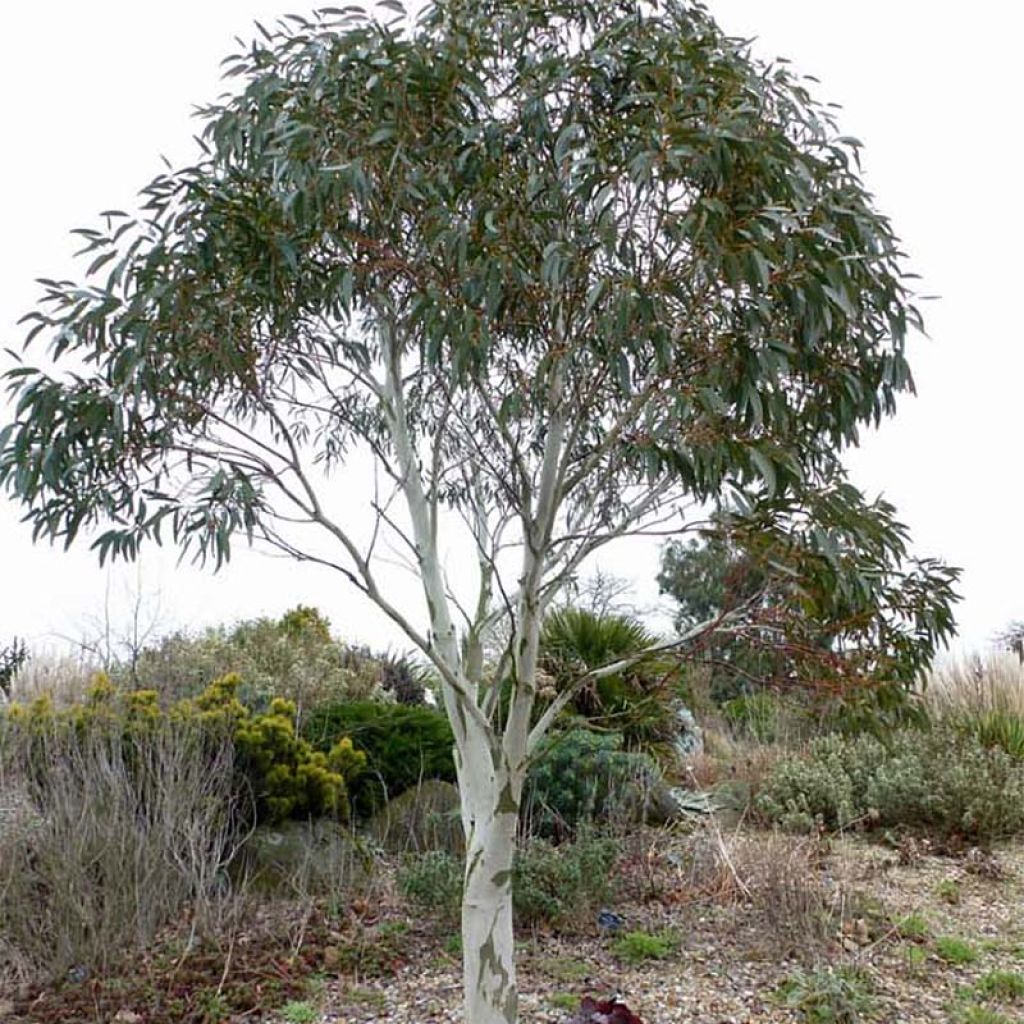

Eucalyptus niphophila - Gommier des neiges.
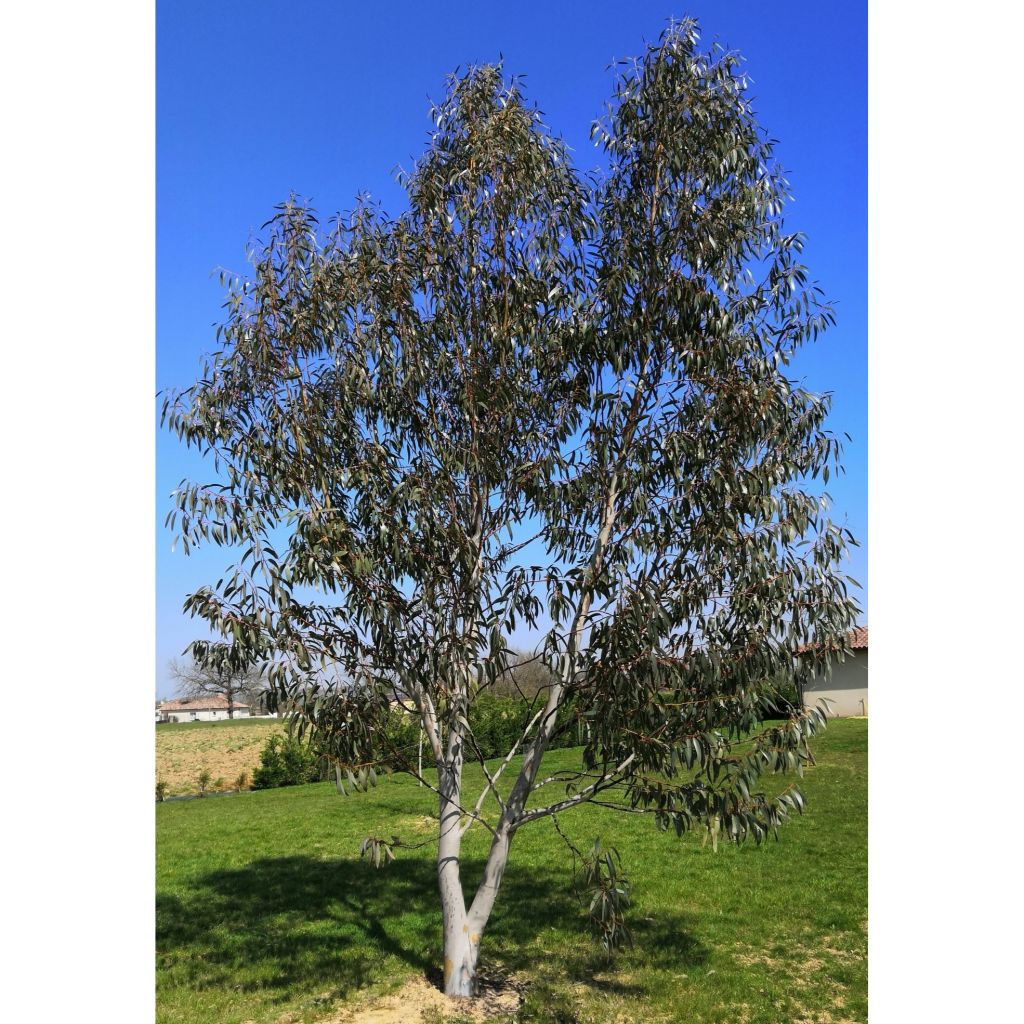

Eucalyptus pauciflora subsp. niphophila
Eucalyptus pauciflora subsp. niphophila
Eucalyptus pauciflora subsp. niphophila
Snow Gum
Replanted in October 2023, it survived the winter without any issues, but there was no growth in spring, no buds, no new leaves. It's not dying, but it's been struggling since then, even though it was ideally placed in the middle of my garden. I planted two other varieties that thrived well. Very disappointed because the plant I received seemed healthy and vigorous.
Hugues, 10/09/2024
Special offer!
Receive a €20 voucher for any order over €90 (excluding delivery costs, credit notes, and plastic-free options)!
1- Add your favorite plants to your cart.
2- Once you have reached €90, confirm your order (you can even choose the delivery date!).
3- As soon as your order is shipped, you will receive an email containing your voucher code, valid for 3 months (90 days).
Your voucher is unique and can only be used once, for any order with a minimum value of €20, excluding delivery costs.
Can be combined with other current offers, non-divisible and non-refundable.
Home or relay delivery (depending on size and destination)
Schedule delivery date,
and select date in basket
This plant carries a 24 months recovery warranty
More information
We guarantee the quality of our plants for a full growing cycle, and will replace at our expense any plant that fails to recover under normal climatic and planting conditions.

Would this plant suit my garden?
Set up your Plantfit profile →
Description
Eucalyptus niphophila is a dwarf and twisted form of the Eucalyptus pauciflora, also known as Snow Gum. This large evergreen bush is appreciated for its twisted habit, with a spiralled trunk and branches. It has remarkable bark, which peels off in large ribbons and takes on the appearance of a patchwork of cream-white, grey, and brown-red with age, and abundant spring flowering in white pompons. Its persistent and leathery foliage, composed of long greyish sickle-shaped leaves, provides a beautiful screen in a hedge or mass planting. Undoubtedly the most cold-resistant, this eucalyptus will adapt to many regions, including mountain areas. Its requirements are clear: sun and well-drained soil, without excessive limestone.
Eucalyptus pauciflora ssp. niphophila, also known as Eucalyptus coriacea ssp niphophila or Snow Gum with leathery leaves, is a large bush in the myrtle family, native to southeastern Australia. This subspecies, native to the Kosciuszko Mountain in the Australian Alps, grows in high-altitude valleys often covered in snow throughout the winter. This very beautiful plant received an Award of Garden Merit in 1993. Relatively small in size for the genus, this gum tree develops a twisted trunk, branching from the base, topped with a bushy crown with a slightly spreading habit. It will reach a height of 6 to 8m (19 ft 8 in to 26 ft 2 in) and a width of 6m (19 ft 8 in) at maturity, with moderately fast growth.
The young, red branches of this eucalyptus bear persistent foliage, composed of long narrow and pointed leaves measuring 10cm (3.9 in), leathery, quite shiny, initially green, then taking on a more glaucous to greyish hue. They are slightly aromatic when crushed. Flowering takes place between May and June on plants that are a few years old. These are actually petal-less, round flowers composed of a multitude of tightly clustered cream-white stamens resembling pompons. They open between the leaves, grouped in 3 along the branches, and are followed by the formation of large green cone-shaped fruits that turn brown when ripe. The old bark is reddish-brown adorned with grey patches and peels off in large flakes each year, revealing a brand new bark striated with white-blue, cream, cinnamon, and almond green. Unlike other species, the Eucalyptus niphophila tolerates transplantation well until a fairly advanced age.
The Snow Gum tolerates both semi-mountain and semi-arid climates in summer, and its cold resistance goes down to -18/-20°C (-4 °F) (-0.4/-4 °F), if it is planted in well-drained soil that does not retain moisture, or if it benefits from a winter cover. Eucalyptus trees are generally large water consumers, even in winter, contributing to drying out the soil. On the other hand, their resistance to summer drought is proven in Mediterranean climates. The Eucalyptus niphophila, due to its branching habit, provides a beautiful foliage screen and works well in groves. It brings a touch of exoticism to the garden when planted in a hedge with other relatively hardy shrubs like Buddleia 'Lochinch' and 'Bicolor' and certain rose laurels (Luteum Plenum, 'Provence', 'Atlas'). But it is when planted as a specimen that this small tree will be most appreciated, thanks to its twisted habit, remarkable bark, and elegant foliage.
Eucalyptus pauciflora subsp. niphophila in pictures
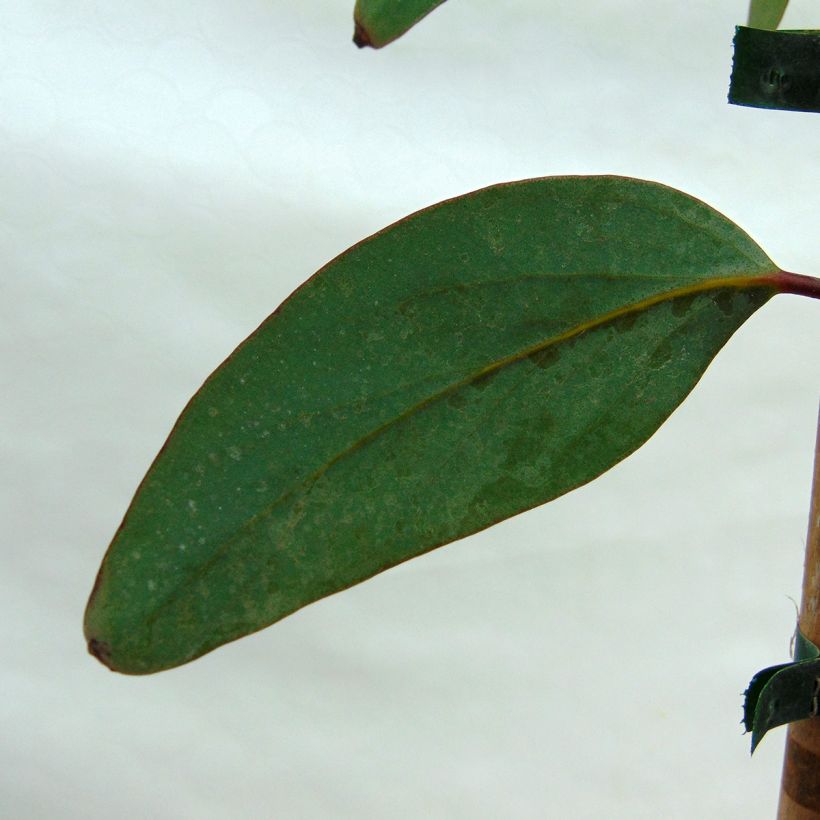

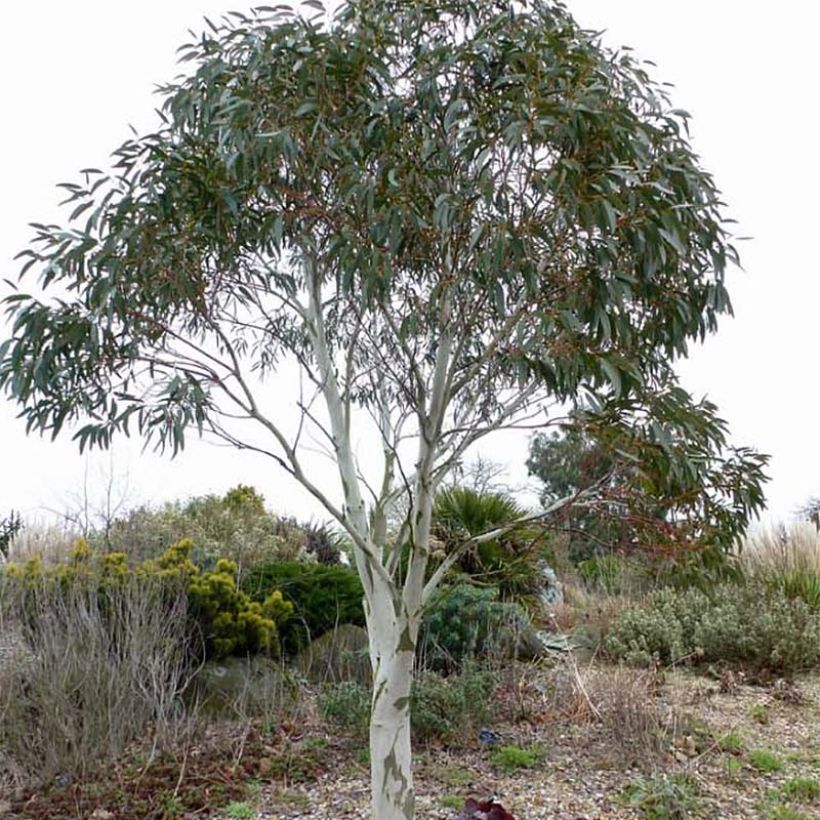

Plant habit
Flowering
Foliage
Botanical data
Eucalyptus
pauciflora subsp. niphophila
Myrtaceae
Snow Gum
Australia
Other Eucalyptus
View all →Planting and care
Eucalyptus niphophila is best planted in early spring in cold regions, early autumn in dry and hot climates. Plant it in well-drained soil, moist to dry, not too chalky, in a hot and sunny location. It is hardy below -15°C (5 °F) in these conditions and does not mind snow. In most regions, you can plant it in the ground, improving drainage by adding coarse sand, pumice or non-chalky gravel. Then let nature take its course, the growth is quite rapid. Water regularly for the first two years, then the bush can do without watering in summer once well established. Fertilization is not recommended. Pruning is not necessary and even discouraged, to allow the unique habit of this superb eucalyptus to express itself. Gum trees are useful for drying out wet areas, as they are heavy water consumers even in winter. However, once well established, they are resistant to drought and generally thrive in a Mediterranean-type climate.
Planting period
Intended location
Care
Planting & care advice
-
, onOrder confirmed
Reply from on Promesse de fleurs
Similar products
Haven't found what you were looking for?
Hardiness is the lowest winter temperature a plant can endure without suffering serious damage or even dying. However, hardiness is affected by location (a sheltered area, such as a patio), protection (winter cover) and soil type (hardiness is improved by well-drained soil).

Photo Sharing Terms & Conditions
In order to encourage gardeners to interact and share their experiences, Promesse de fleurs offers various media enabling content to be uploaded onto its Site - in particular via the ‘Photo sharing’ module.
The User agrees to refrain from:
- Posting any content that is illegal, prejudicial, insulting, racist, inciteful to hatred, revisionist, contrary to public decency, that infringes on privacy or on the privacy rights of third parties, in particular the publicity rights of persons and goods, intellectual property rights, or the right to privacy.
- Submitting content on behalf of a third party;
- Impersonate the identity of a third party and/or publish any personal information about a third party;
In general, the User undertakes to refrain from any unethical behaviour.
All Content (in particular text, comments, files, images, photos, videos, creative works, etc.), which may be subject to property or intellectual property rights, image or other private rights, shall remain the property of the User, subject to the limited rights granted by the terms of the licence granted by Promesse de fleurs as stated below. Users are at liberty to publish or not to publish such Content on the Site, notably via the ‘Photo Sharing’ facility, and accept that this Content shall be made public and freely accessible, notably on the Internet.
Users further acknowledge, undertake to have ,and guarantee that they hold all necessary rights and permissions to publish such material on the Site, in particular with regard to the legislation in force pertaining to any privacy, property, intellectual property, image, or contractual rights, or rights of any other nature. By publishing such Content on the Site, Users acknowledge accepting full liability as publishers of the Content within the meaning of the law, and grant Promesse de fleurs, free of charge, an inclusive, worldwide licence for the said Content for the entire duration of its publication, including all reproduction, representation, up/downloading, displaying, performing, transmission, and storage rights.
Users also grant permission for their name to be linked to the Content and accept that this link may not always be made available.
By engaging in posting material, Users consent to their Content becoming automatically accessible on the Internet, in particular on other sites and/or blogs and/or web pages of the Promesse de fleurs site, including in particular social pages and the Promesse de fleurs catalogue.
Users may secure the removal of entrusted content free of charge by issuing a simple request via our contact form.
The flowering period indicated on our website applies to countries and regions located in USDA zone 8 (France, the United Kingdom, Ireland, the Netherlands, etc.)
It will vary according to where you live:
- In zones 9 to 10 (Italy, Spain, Greece, etc.), flowering will occur about 2 to 4 weeks earlier.
- In zones 6 to 7 (Germany, Poland, Slovenia, and lower mountainous regions), flowering will be delayed by 2 to 3 weeks.
- In zone 5 (Central Europe, Scandinavia), blooming will be delayed by 3 to 5 weeks.
In temperate climates, pruning of spring-flowering shrubs (forsythia, spireas, etc.) should be done just after flowering.
Pruning of summer-flowering shrubs (Indian Lilac, Perovskia, etc.) can be done in winter or spring.
In cold regions as well as with frost-sensitive plants, avoid pruning too early when severe frosts may still occur.
The planting period indicated on our website applies to countries and regions located in USDA zone 8 (France, United Kingdom, Ireland, Netherlands).
It will vary according to where you live:
- In Mediterranean zones (Marseille, Madrid, Milan, etc.), autumn and winter are the best planting periods.
- In continental zones (Strasbourg, Munich, Vienna, etc.), delay planting by 2 to 3 weeks in spring and bring it forward by 2 to 4 weeks in autumn.
- In mountainous regions (the Alps, Pyrenees, Carpathians, etc.), it is best to plant in late spring (May-June) or late summer (August-September).
The harvesting period indicated on our website applies to countries and regions in USDA zone 8 (France, England, Ireland, the Netherlands).
In colder areas (Scandinavia, Poland, Austria...) fruit and vegetable harvests are likely to be delayed by 3-4 weeks.
In warmer areas (Italy, Spain, Greece, etc.), harvesting will probably take place earlier, depending on weather conditions.
The sowing periods indicated on our website apply to countries and regions within USDA Zone 8 (France, UK, Ireland, Netherlands).
In colder areas (Scandinavia, Poland, Austria...), delay any outdoor sowing by 3-4 weeks, or sow under glass.
In warmer climes (Italy, Spain, Greece, etc.), bring outdoor sowing forward by a few weeks.






























